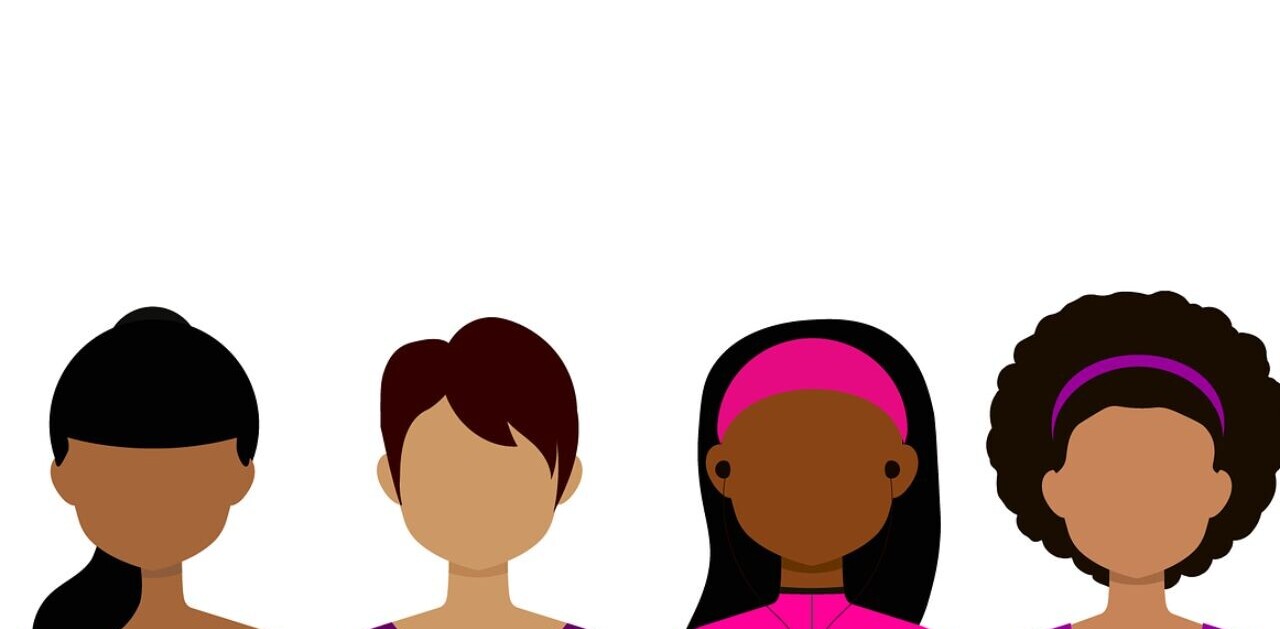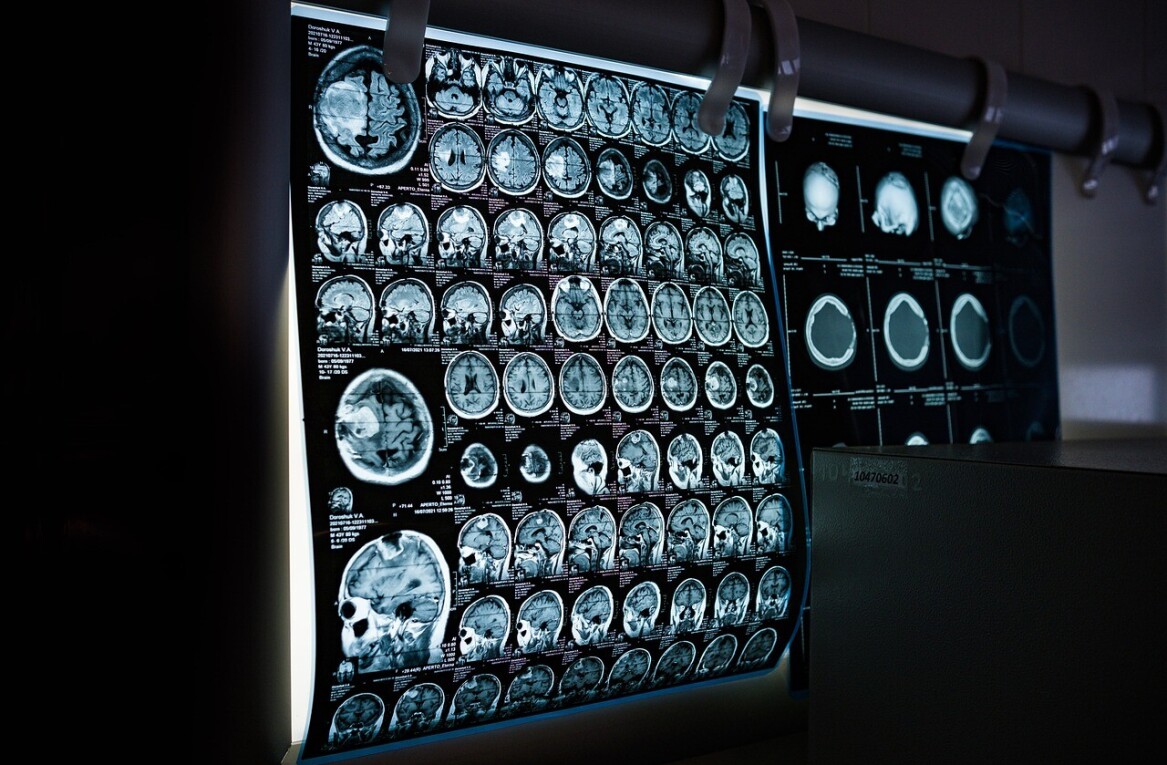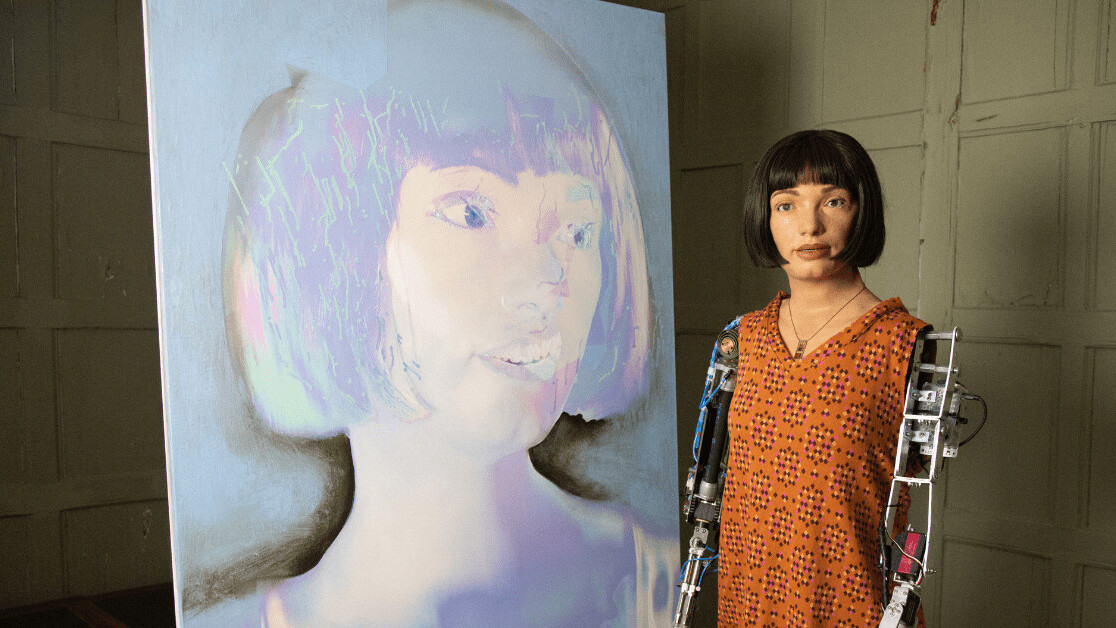
A robot artist called Ai-Da will get its first major exhibition at London’s Design Museum this summer. But is the humanoid truly creative?
Ai-Da’s works are based on photos taken by cameras in the droid’s eyes. Algorithms then transform the images into a set of coordinates, which guide the robot’s drawing hand.

Ai-Da’s co-inventor, Aiden Meller, describes Ai-Da’s fragmented style as “shattered.”
We didn’t want tight representational photographic images, even though we could have programmed it to do that. We went against that because we realized that people would just think it was some kind of expensive photocopier. But more than that, we wanted to show the expressiveness of the creativity in the algorithms.
However, not everyone is convinced that robots are capable of true creativity.
[Read: How do you build a pet-friendly gadget? We asked experts and animal owners]
Philosophers have argued that AI can’t produce real art, as it will never be an “autonomous creative agent” like a free-willed human. Instead, it merely imitates art through algorithms developed by programmers.
Meller disagrees. The gallery owner says Ai-Da’s algorithms were designed to reflect the definition of creativity proposed by Margaret Boden, a professor of cognitive science at Sussex University:
Creativity is the ability to come up with ideas or artifacts that are new, surprising, and valuable.
“In actual fact, it’s turned out better than we anticipated, because when Ada looks at you with cameras in her eyes, to do a drawing, or a painting, she does a different one each time,” says Meller. “Even if she’s faced with the same image or same person, it would be a completely different outcome.”
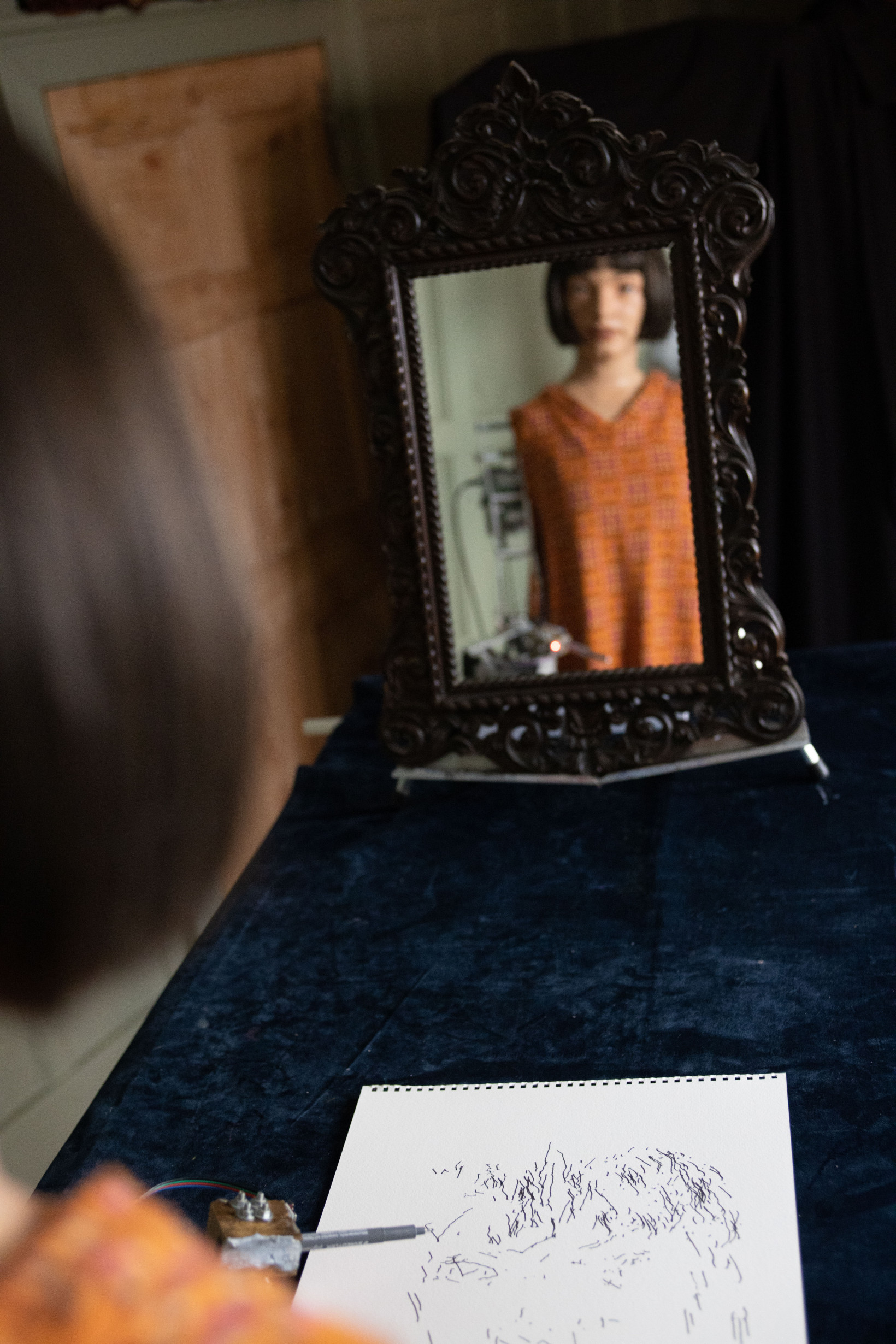
Ai-Da’s new exhibition will feature a series of “self-portraits,” which the robot created by photographing itself in front of a mirror.
There’s a deliberate irony in an insentient device with no sense of a self producing self-portraits. Meller hopes this challenges our notions of identity in a world of blurring boundaries between machines and humans, where algorithms increasingly shape our opinions and actions:
I think these self-portraits are quite remarkable in respect that they’re making us really face the fact that we are building relationships with technology rather than a conscious, sentient person.
Ai-Da’s appearance is another manifestation of this dynamic. Named after programming pioneer Ada Lovelace, the robot has the appearance and voice of a female human being.
Anthropomorphising AI in this manner is a controversial subject. Research suggests that we’re more likely to trust machines that seem human, which can accelerate their adoption. But it could also convince us they’re more real than they truly are — and dehumanize us in the process.
Meller says Ai-Da was given a human appearance to make it more engageable. He adds that the robot has also designed a new font to signify that its creations were made by a machine:
When she does any writing, she uses that, so that you know it’s her and not a human. It’s really to raise that ethical question in a lot more detail.
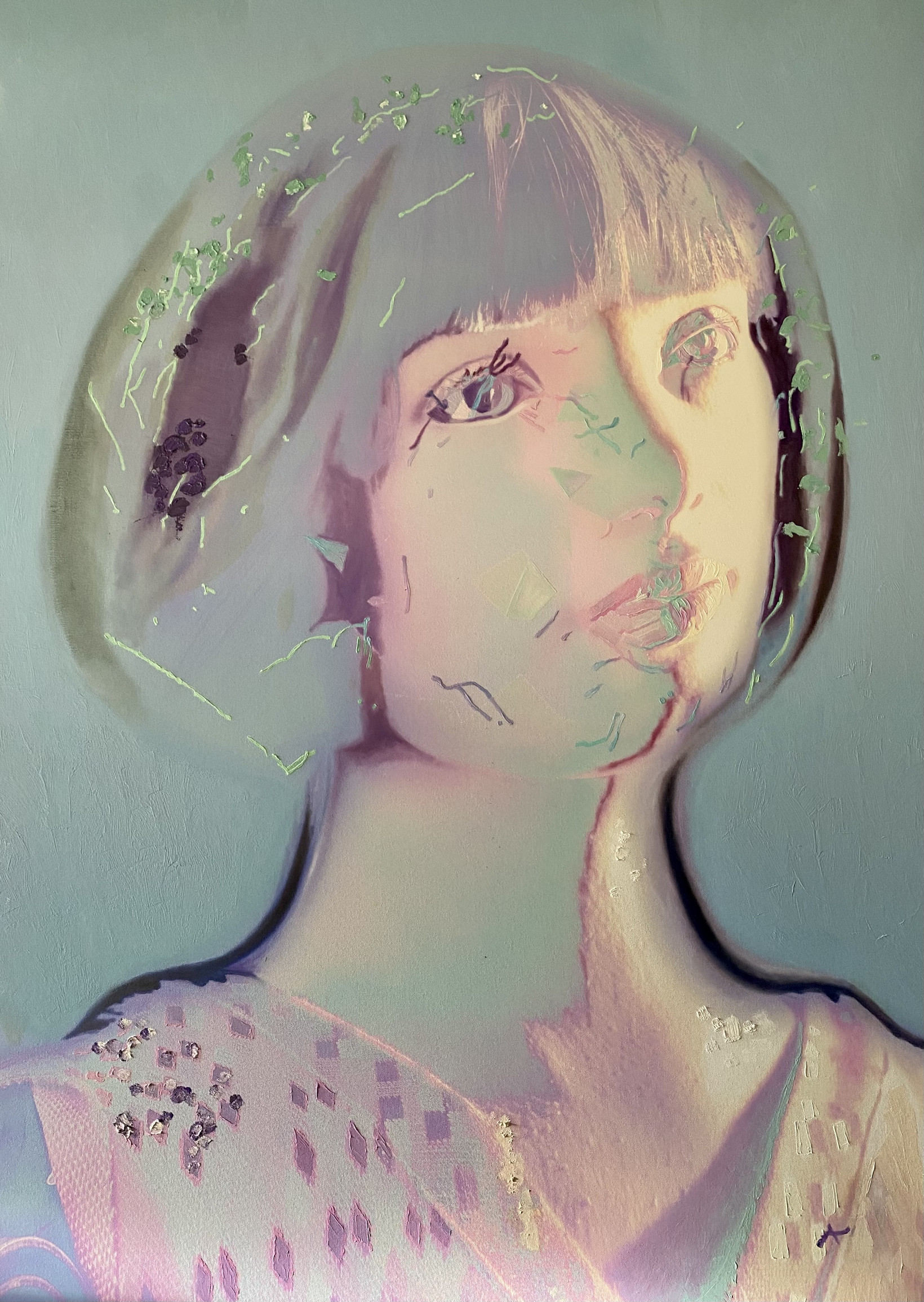
Ai-Da is one of a growing number of AI systems producing art. Meller believes the tech could have a similar impact on creativity as the invention of the camera.
Many painters initially feared that the medium would wreck their careers. But it soon pushed artists away from copying reality and towards exploring ideas that photography could not.
Eventually, Meller expects AI will become another tool for artists:
“It’s very threatening at the beginning because it’s so new. But as they understand it, and see the nuances and the capabilities of it, it will become just a thing within itself — just like photography is a thing within itself.”
Ai-Da’s exhibition will run (COVID-19 restrictions permitting) in May and June at the Design Museum in London.
Get the TNW newsletter
Get the most important tech news in your inbox each week.

